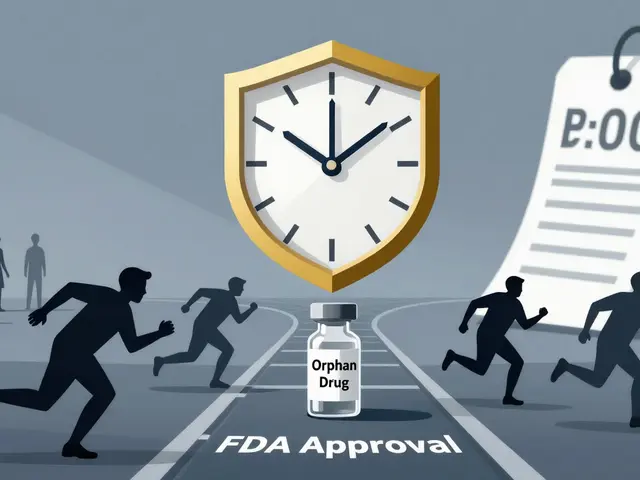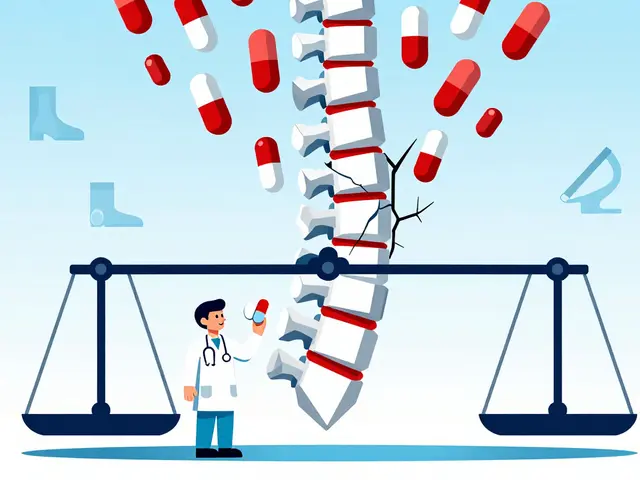Glipizide alternatives: what to consider and which ones work
Glipizide is a sulfonylurea that lowers blood sugar but brings a higher risk of low blood sugar (hypoglycemia) and weight gain. If you’re tired of those crashes or have kidney problems, there are several alternatives worth asking your doctor about. Below I break down the main options, their pros and cons, and practical tips for switching.
Best medication alternatives and why they matter
Metformin — Usually the first-line choice. It lowers A1c, helps with weight or is weight-neutral, and rarely causes hypoglycemia by itself. It can upset the stomach at first and isn't recommended if kidney function is poor.
SGLT2 inhibitors (empagliflozin, canagliflozin, dapagliflozin) — These lower blood sugar by making the kidneys remove extra glucose in urine. Big plus: they cut the risk of heart failure and protect kidneys for many people. Downsides include genital/urinary infections and, rarely, dehydration or ketoacidosis in certain situations. They can be a great choice if you have heart or kidney disease.
GLP-1 receptor agonists (liraglutide, semaglutide, dulaglutide) — Often injected weekly or daily (some pills exist). They lower A1c, help you lose weight, and offer cardiovascular benefits. Expect nausea at first and a higher cost; they’re powerful for weight and blood sugar control.
DPP-4 inhibitors (sitagliptin, linagliptin) — Pills that modestly lower A1c with low side-effect risk. They don’t cause weight gain or significant hypoglycemia. They work less strongly than SGLT2s or GLP-1s, but are well tolerated and easy to add on.
Insulin — If oral meds aren’t enough, insulin reliably lowers blood sugar. It requires injections and blood sugar checks and can cause weight gain and hypoglycemia if not managed carefully. It’s not a last resort — sometimes it’s the right step for short-term or long-term control.
How to pick the right option and switch safely
Think about these points before changing meds: your A1c target, history of low blood sugar, weight goals, heart or kidney disease, budget, and whether you’re comfortable with injections. Ask your provider to check A1c and kidney function first.
Typical switch steps include: review labs, stop or reduce glipizide under medical guidance, start the new drug at a safe dose, monitor blood sugars closely for the first few weeks, and follow up in 4–12 weeks to adjust dose. If you’re on other meds, check interactions—pharmacists can help with that.
Small lifestyle changes make a big difference: consistent carbs, regular exercise, and weight loss improve how any drug works. If cost is a problem, ask about generic options, savings cards, or patient-assistance programs.
Talk to your doctor or pharmacist with specific questions: Which option suits my kidney and heart health? What side effects should I watch for? How will we monitor my sugar while I switch? Bringing your recent labs helps the conversation.
Changing from glipizide doesn’t have to be scary. With the right plan and short-term monitoring, many people find safer control and fewer low-sugar episodes.
Curious about what’s next after glipizide? Discover the hottest oral diabetes treatments in 2025. We break down SGLT2s, GLP-1s, and DPP-4s to help you find the smartest way to manage your A1c. Get the facts, real-life tips, and all the pros and cons, whether you’re new to diabetes or considering a medication change.
Continue reading...






